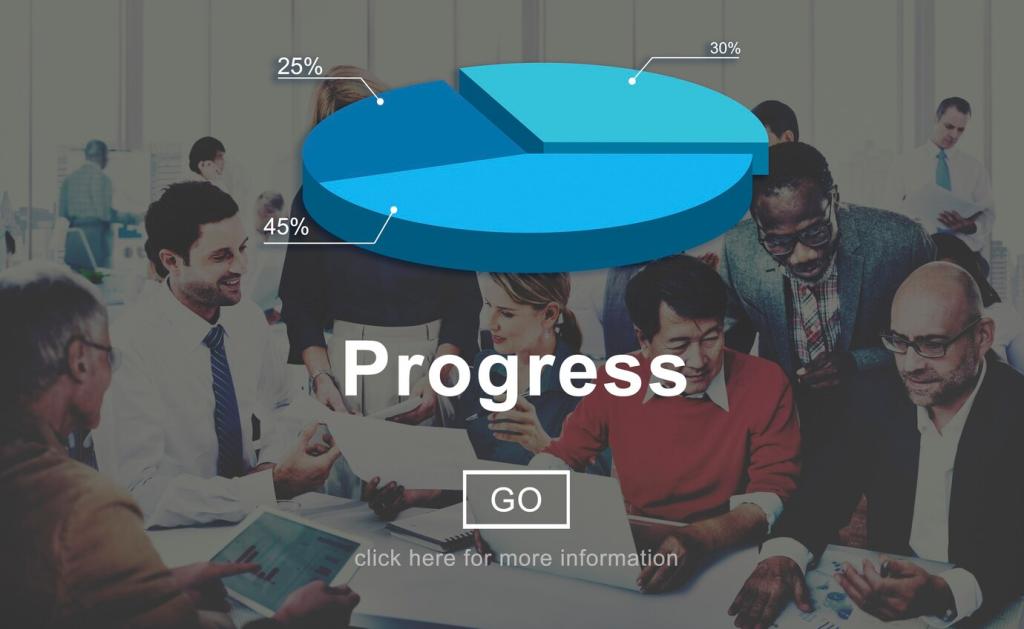Streamlining Social Program Reporting with Technology
Why Streamlined Reporting Matters for Social Programs
The Hidden Cost of Manual Reporting
Manual data entry drains hours, creates duplication, and invites errors that ripple through audits and funding cycles. One director told us their team spent Fridays reconciling five versions of the truth. Streamlined systems reclaim time, reduce stress, and prevent costly surprises.
How Better Reporting Benefits Participants
When reporting flows naturally from daily work, approvals move faster, benefits arrive sooner, and staff can focus on conversations instead of checkboxes. A caseworker described gaining an extra hour per client each month—time redirected to problem solving instead of paperwork.
Winning the Confidence of Funders and Auditors
Clear definitions, consistent indicators, and on-time submissions build credibility. Automated validation and standardized exports reduce back-and-forth, letting reviewers see impact without chasing clarifications. Want to strengthen your next grant proposal? Tell us which metrics you need to highlight most.

Human-Centered Workflow Design
Run short workshops, map journeys, and test clickable prototypes before building. A shelter team replaced a complex intake with two simple screens after observing real visits. When staff feel heard, adoption rises, data quality improves, and reporting becomes a natural byproduct of care.
Auto-fill participant details, reuse verified documents, and connect systems through single sign-on. Every duplicated field is a chance for divergence and delay. Strive for enter once, use everywhere—your future audits and monthly dashboards will thank you for the consistency.
Plain language labels, screen-reader compatibility, high-contrast modes, and multilingual forms help everyone participate. Accessibility is not an add-on; it is a foundation of good reporting. Inclusive forms capture clearer data and honor the dignity of every participant’s story.


Data Quality, Privacy, and Governance
Use required fields, reference lists, and real-time validation to prevent errors upfront. Capture metadata—who updated what, when, and why—to maintain context. Quality dashboards highlight outliers so staff can fix issues quickly rather than defend them months later.
Data Quality, Privacy, and Governance
Collect only what you need, store it securely, and assign least-privilege access. Clear consent flows and transparent explanations build participant trust. Document how data moves across systems so privacy protections survive staff transitions and technology upgrades.
Dashboards and Outcome Measurement That Matter
Co-create indicators with program leads and funders. Separate outputs from outcomes, and link them to specific decisions. If an indicator cannot trigger action, reconsider it. Simpler, clearer metrics lead to faster, more confident improvement cycles.
Dashboards and Outcome Measurement That Matter
Pair trend lines with anonymized notes or short quotes to humanize data. A decline might reflect outreach changes, not failure. Context protects teams from knee-jerk reactions and invites thoughtful, participant-centered adjustments to programming and reporting cadence.
Dashboards and Outcome Measurement That Matter
Use monthly retrospectives, quick experiments, and shared learning sessions to refine indicators and forms. Encourage staff to flag confusing fields and celebrate eliminated clicks. Continuous improvement turns reporting from obligation into a reliable engine of program learning.
Start Small: Pilot and Iterate
Choose one reporting flow, define a baseline, and test improvements with a small team. Track time saved, error rates, and staff satisfaction. Iteration builds confidence and creates internal champions who can advocate credibly for scaling.
Training, Champions, and Support
Blend microlearning modules with live office hours and peer coaching. Identify champions in each site to model best practices and gather feedback. When support is nearby and respectful, adoption rises and reporting quality stabilizes quickly.
Sustainable Partnerships and Procurement
Write requirements that emphasize interoperability, open standards, and change-readiness. Align vendors, IT, and program leads around shared outcomes. Governance committees should meet regularly to prioritize improvements and guard against tool sprawl that reintroduces duplication.
